Iron Age Shipwrecks in the Mediterranean Sea
3 Iron Age Shipwrecks Discovered Off Dor, Israel
Archaeologists uncover the first Iron Age shipwrecks off Israel's coast near Dor. The three superimposed wrecks span the 11th to 6th centuries BC, revealing continuous Mediterranean trade and valuable cargo like iron blooms and Cypro-Minoan inscribed anchors.
By Nick Nutter on 2025-10-13 | Last Updated 2025-10-17 | Iron Age Shipwrecks in the Mediterranean Sea
This article has been visited 635 times

Underwater photography on the Dor wrecks
3 Iron Age Shipwrecks Discovered Off Dor, Israel
The recent underwater excavations conducted in 2023-2024 off the coast of Dor, Israel, have uncovered the remains and cargoes of three superimposed Iron Age shipwrecks in the Tantura (Dor) Lagoon.
This discovery is significant as it marks the first time Iron Age shipwrecks have been found in the context of an ancient port city in Israeli waters, and Iron Age wrecks are generally very rare across the Mediterranean. The wrecks span different periods of the Iron Age illustrating cycles of maritime trade in the region.
Do you enjoy my articles? For your reading pleasure, this website does not carry third party ads. You could help me write more articles by buying me a cup of coffee.
Earliest Wreck (Dor M)
Dates to the 11th century BC, during the period following the Bronze Age collapse. Findings included storage jars of a type also found in Egypt, Cyprus, and Lebanon, and a stone anchor inscribed with Cypro-Minoan signs, suggesting trade networks linking Dor with Egypt and Cyprus.
Middle Wreck (Dor L1)
Dates to the late 9th or early 8th century BC. The cargo mainly consisted of Phoenician-style storage jars (amphorae) and bowls, with evidence of grape seeds found in one jar. This cargo suggests maritime activity continued during the Israelite control of the port, though potentially with a more restricted trade range compared to the other periods. The Kingdom of Israel appears during the late 9th and early 8th centuries BC and was conquered by the Neo-Assyrian Empire around 720 BC.
Latest Wreck (Dor L2)
Dates to the 7th or 6th century BC, during the period of Assyrian or Babylonian imperial control. The cargo showed a wider trade zone and included:
Cypriot-style basket-handle amphorae (used for transporting goods like wine, oil, and resin).
Nine iron blooms (semi-processed chunks of smelted iron), a rare raw material in ship cargoes of this age.
Exotic volcanic and quartz-rich ballast stones, suggesting voyages across the wider Mediterranean.
A wood-and-lead anchor.
The three wrecks were found stacked on top of one another, similar to the layers (stratigraphy) found in an archaeological mound. While the ships' wooden structures have mostly decayed, the oxygen-poor sand has preserved the cargo and some organic materials like seeds and resin, allowing researchers to use pottery typology and radiocarbon dating for precise dating and analysis.
The overall findings indicate that the coast of modern-day Israel played a crucial role in Mediterranean maritime connectivity throughout the Iron Age, challenging earlier notions that trade was limited during parts of this "Biblical" era.
References
Yasur-Landau A, Runjajić M, Shegol E, et al. Iron Age ship cargoes from the harbour of Dor (Israel). Antiquity. 2025;99(406):1004-1020. doi:10.15184/aqy.2025.71
Do you enjoy my articles? For your reading pleasure, this website does not carry third party ads. You could help me write more articles by buying me a cup of coffee.
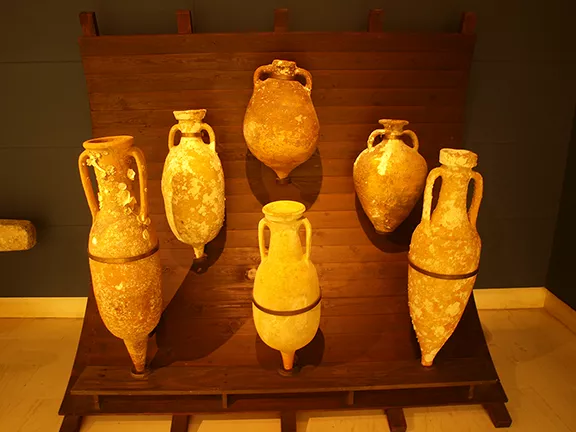 2: Carmel Atlit shipwreck c 800 - 750 BC
2: Carmel Atlit shipwreck c 800 - 750 BC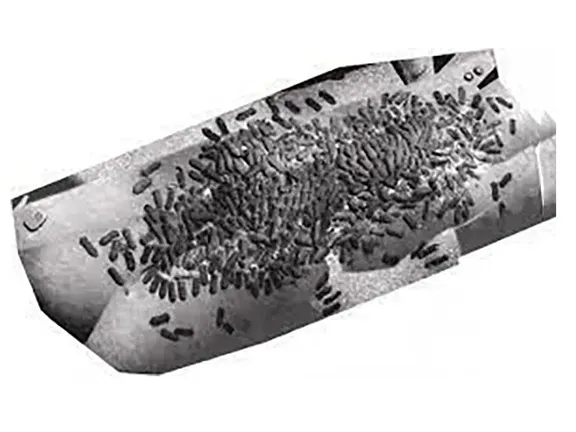 3: Tanit and Elissa c 750 BC
3: Tanit and Elissa c 750 BC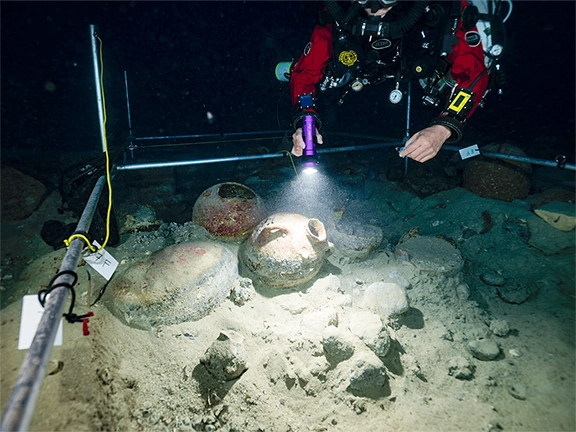 4: Xlendi Bay shipwreck off Gozo c 700 BC
4: Xlendi Bay shipwreck off Gozo c 700 BC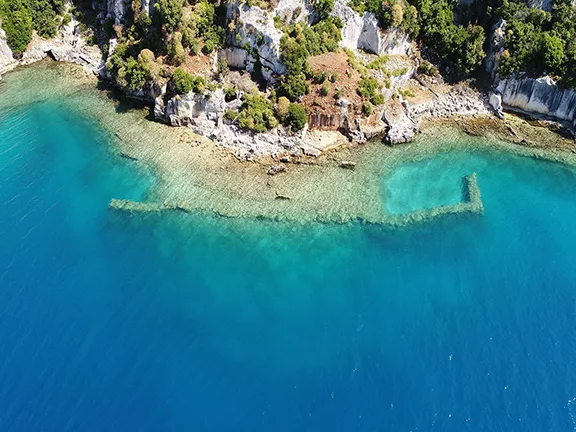 5: The Kekova Adası shipwreck c 650 BC
5: The Kekova Adası shipwreck c 650 BC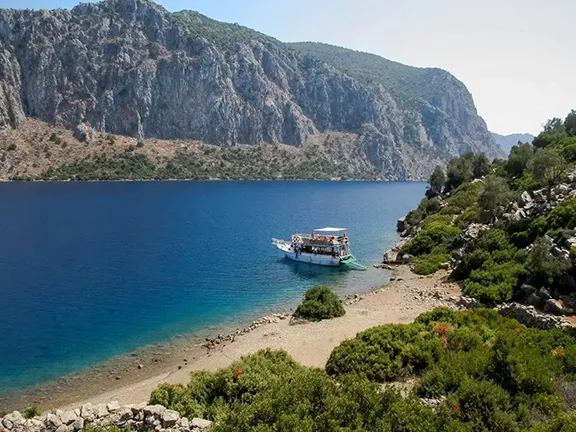 6: Kepçe Burnu Shipwreck 650 – 600 BC
6: Kepçe Burnu Shipwreck 650 – 600 BC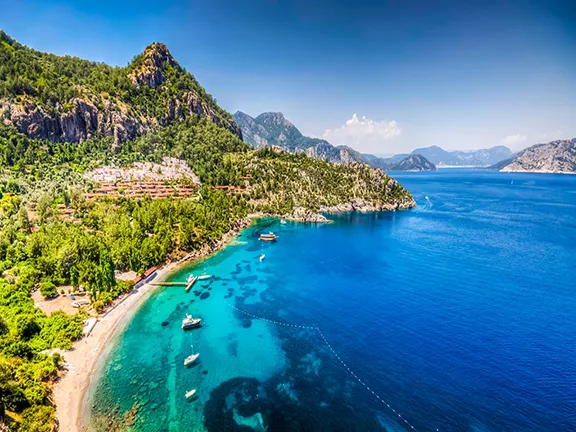 7: Çaycağız Koyu Shipwreck c 600 BC
7: Çaycağız Koyu Shipwreck c 600 BC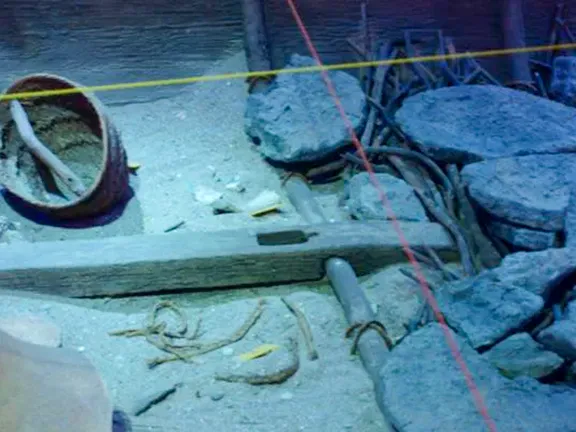 8: Mazarron II 625 - 570 BC Phoenician period
8: Mazarron II 625 - 570 BC Phoenician period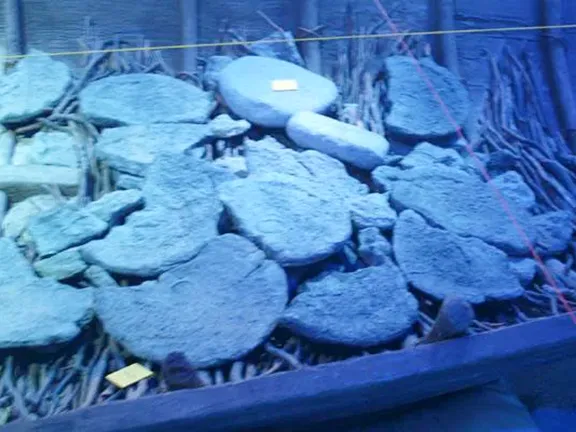 9: Mazarron I c 600 BC Phoenician period
9: Mazarron I c 600 BC Phoenician period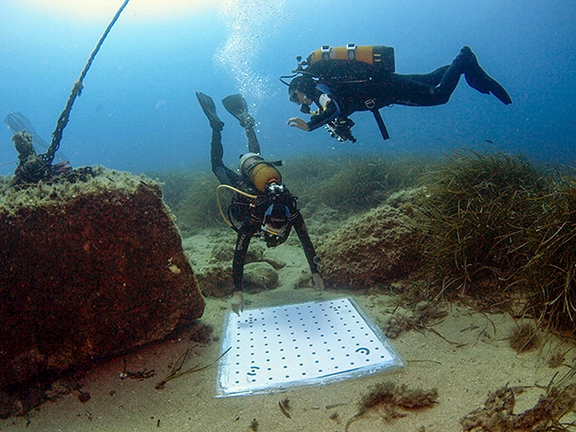 10: The Bajo de la Campana c 600 BC
10: The Bajo de la Campana c 600 BC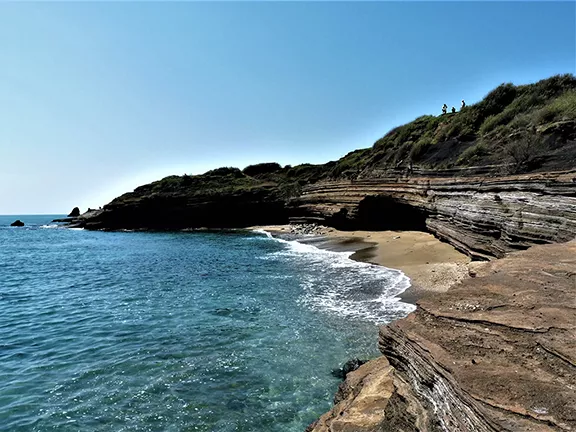 11: The Rochelongue underwater site c 600 BC
11: The Rochelongue underwater site c 600 BC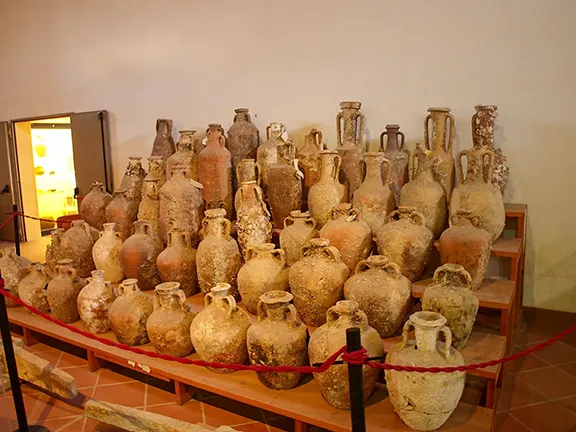 12: Giglio Etruscan shipwreck c 580 BC
12: Giglio Etruscan shipwreck c 580 BC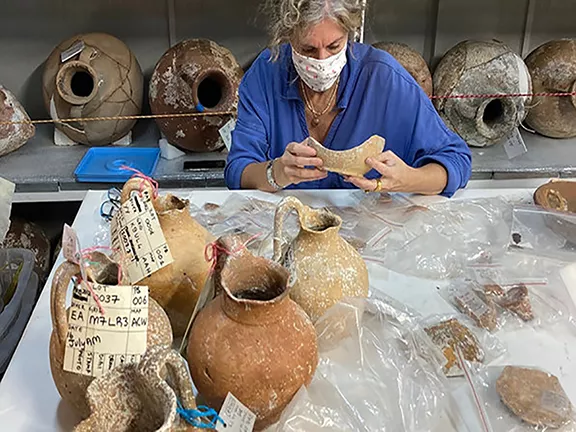 13: Pabuç Burnu shipwreck 570 - 560 BC
13: Pabuç Burnu shipwreck 570 - 560 BC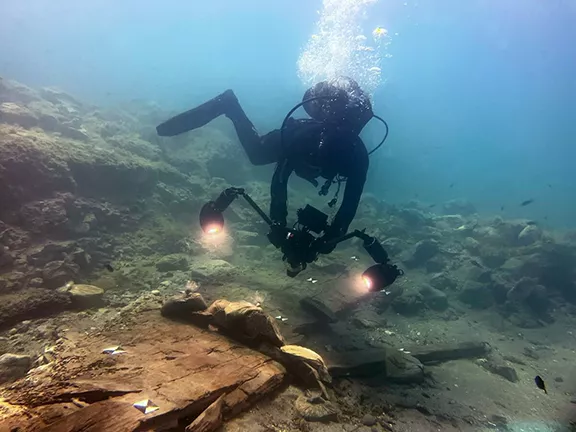 14: Ispica - Greek Shipwreck 600 - 400 BC
14: Ispica - Greek Shipwreck 600 - 400 BC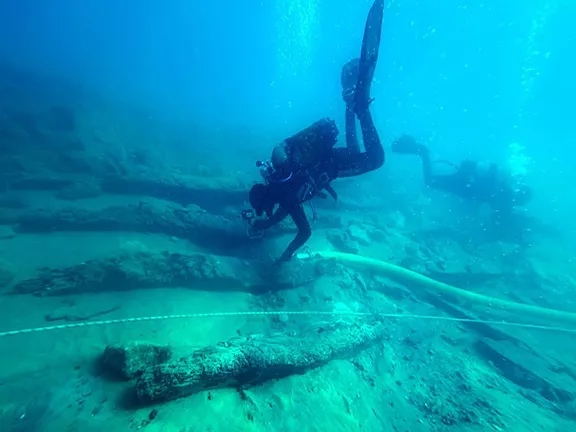 15: Gela I shipwreck 500 - 480 BC
15: Gela I shipwreck 500 - 480 BC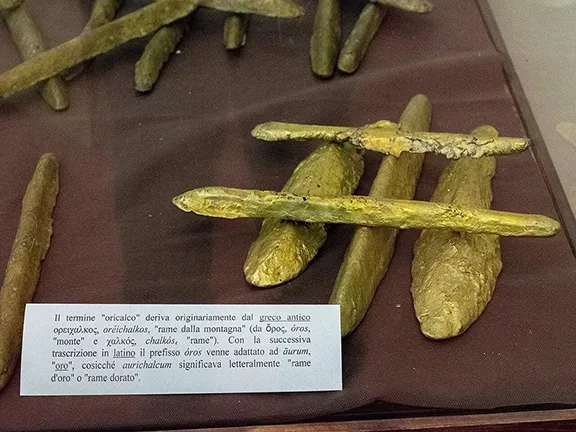 16: Gela 2 shipwreck 490 – 450 BC
16: Gela 2 shipwreck 490 – 450 BC